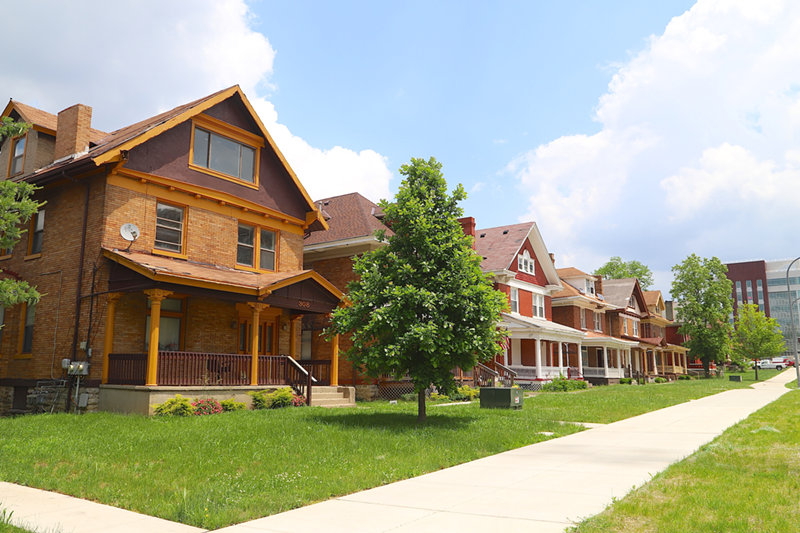A neighborhood plan for the entirety of Avondale got key approval today from Cincinnati City Council.
The Avondale Development Corporation in the fall of 2018 launched the plan, called the Avondale Quality of Life Movement. According to ACD, the plan is the first approved by both the neighborhood's community council and City Council.
The neighborhood's community development corporation engaged more than 250 residents and other partners with an interest in the neighborhood to identify the community's assets and challenges. More than 100 also showed up at a kickoff of visioning and planning activity, followed by detailed work on the plan split among four teams led by Avondale residents through the spring and summer of 2019.
The results of all that work: four focus areas and 13 specific goals. Those include:
• "Increasing safety"
- Supporting Avondale youth and families
- Residents actively engage in neighborhood safety efforts
- Making Avondale a model for police-community relations and changing the perception that the neighborhood is unsafe
• "Sharing success"
- Youth are connected to education and career opportunities
- Revitalization of Avondale's business district
- Residents have access to quality jobs and barriers to those jobs are removed
- Avondale entrepreneurs have the training and resources to open successful black-owned businesses
• "Connecting residents and building partnerships with institutions"
- The neighborhood is a place where residents feel connected to each other and informed
- The neighborhood's community groups share information and connect residents with each other and the Avondale Community Council
- Residents become active participants with a say in how decisions that impact the neighborhood are made
- Avondale residents, its community council, its institutions and others support the implementation of the comprehensive plan
• "Improving housing"
- Avondale will have a diverse housing stock that meets the needs of existing residents, including seniors, renters and homeowners, and also invites new residents to the community.
- Use education and advocacy to help existing residents attain upward mobility
The plan comes as the predominantly black neighborhood of roughly 12,000 people with a median household income significantly lower than the city's as a whole is at a crossroads. Work on a new Innovation Corridor at the intersection of Reading Road and Martin Luther King, Jr. Boulevard, as well as expansions to nearby institutions like Children's Hospital and the Cincinnati Zoo, present both big opportunities and challenges for the neighborhood.
In addition, a gradual increase in interest in real estate in the neighborhood promises more changes are coming.
The push-pull between investment and ensuring existing residents are included in the neighborhood's shifts has led to some high-profile debates, including a contentious battle over a $550 million expansion of Children's Hospital in 2017.
Avondale has also seen other investment by the city, the federal government and nonprofits, including the $43 million Avondale Town Center, which opened in October.
"In 2019, the Avondale community sits at the confluence of pivotal investment and the threat of displacement of residents who have lived in the community for generations," the plan's introduction reads."...Avondale currently has almost a 30% housing vacancy rate and only one out of every four occupied units are owner occupied. Concerns about the quality and safety of rental units in the community are pervasive as many of the rental units are in severe disrepair. This reality highlights the challenges facing the community but also represents huge opportunities for the community and the institutions that live in it."
You can read the entirety of the 108-page plan here.






